39 understanding food nutrition labels
Food Labels 101: Understanding the Nutrition Facts Label Nutrition labels are based on a daily 2,000 calorie diet. Depending on your age, gender and activity level, you may need to consume more or less than 2,000 calories per day, so keep this in mind when viewing each label. Now let's take a look at the parts of the nutrition facts label and break it all down. Anatomy of a Nutrition Facts Label 2.20: Understanding Food Labels - Medicine LibreTexts The FDA uses the following definitions for interpreting the %DV on food labels:4 5%DV or less means the food is low in a nutrient. 10% to 19%DV means the food is a "good source" of a nutrient. 20%DV or greater means the food is high in a nutrient.
Understanding Ingredients on Food Labels - Professional Heart Daily ... There are many terms used for sugar on food labels. You might see sugar listed as the fourth ingredient in a product and think it's not so bad. But sugar can also be listed as high-fructose corn syrup or corn syrup, agave nectar, barley malt syrup or dehydrated cane juice, to name just a few. Read more about sugar and sweeteners.

Understanding food nutrition labels
How To Read Food and Beverage Labels - National Institute on Aging Although frozen and canned fruits and vegetables have food labels, fresh varieties often do not. You can find nutrition information for fresh vegetables and fruits on the USDA website. Or you can call the U.S. Department of Agriculture's Food and Nutrition Information Center at 301-504-5414. Understanding percent Daily Value (% DV) Understanding Food Labels | The Nutrition Source | Harvard T.H. Chan ... The label lists the calorie amount for one serving of food. The serving size, also important but often unnoticed, is easily doubled or tripled when not paying attention to the serving size, quickly inflating the calories. Highlighting both of these values emphasizes their importance and relationship. How to Read Food Labels Without Being Tricked - Healthline The product may contain very little whole grains. Check the ingredients list — if whole grains aren't in the first three ingredients, the amount is negligible. Fortified or enriched. This ...
Understanding food nutrition labels. Understanding food labels - Canada.ca Nutrients About nutrients, fats, vitamins on nutrition facts table, on packaged foods. Nutrient content claims Meaning of fat-free, no added sugar, low sodium, other nutrient content claims. Percent daily value How to calculate % daily value on a nutrition facts table, how to use % daily value. About food labels Understanding Food Nutrition Labels - Professional Heart Daily ... 1 - Start with the serving information at the top. This will tell you the size of a single serving and the total number of servings per container (package). 2 - Next, check total calories per serving and container. Pay attention to the calories per serving and how many calories you're really consuming if you eat the whole package. Reading Food Labels | ADA - American Diabetes Association The Nutrition Facts labels on foods are really the key to making the best choices. We'll cover the basics so that these labels make shopping easier for you. Get started Understanding Carbs You've heard it all. From carb-free to low-carb, to whole and empty carbs, it's hard to know what it all means. Learn more Food & Blood Sugar Understanding Food Nutrition Labels | Sanford Fit Vitamin D, potassium, calcium, and iron are listed on the nutrition label as these are nutrients that can often be lacking in a child's food choices. Choose foods that are: Higher in dietary fiber, vitamin D, calcium, iron, and potassium. Lower in saturated fat, sodium, and added sugars. Sugar Content Sugars can be harder to understand.
understanding food labels worksheet Food Labels Nutrition Printables- Food Label Worksheets, Printout . labels worksheets label nutrition printable facts printables teaching labeling using reading activity activities steps easy learning solus chef. Learning To Read Labels :: Diabetes Education Online dtc.ucsf.edu Understanding and Use of Nutrition Labels of Prepackaged Food by ... On using food nutrition labels, the students who blindly and casually observed were the highest (35.2%) and the students of medicine were the least (12.5%) ... , who show stronger health literacy than non-medical students and a better understanding of food nutrition labels . In fact, most schools only offer systematic nutrition courses to ... Understanding Food Labels - Nutrition: Science and Everyday Application ... The FDA uses the following definitions for interpreting the %DV on food labels:4 5%DV or less means the food is low in a nutrient. 10% to 19%DV means the food is a "good source" of a nutrient. 20%DV or greater means the food is high in a nutrient. Understanding Food Labels in Canada - Unlock Food select foods for special diets It must include the serving size, calories, % Daily Value and 13 core nutrients (fat, saturated fat, trans fat, cholesterol, sodium, carbohydrate, fibre, sugars, protein, vitamin A, vitamin C, calcium and iron). The format is consistent across all food products to allow for easy comparison between different items.
Understanding Food Nutrition Labels - Calorie Control Council Understanding Food Nutrition Labels. No matter your health status, understanding what that Nutrition Facts label is really telling you is critical to knowing if the product in your hand is right for you.. When looking at this label many people will only look at one piece of information. For example, some people only look at total carbohydrates ... Understanding Ingredients on Food Labels - American Heart Association There are many terms used for sugar on food labels. You might see sugar listed as the fourth ingredient in a product and think it's not so bad. But sugar can also be listed as high-fructose corn syrup or corn syrup, agave nectar, barley malt syrup or dehydrated cane juice, to name just a few. Read more about sugar and sweeteners. How to Understand and Use the Nutrition Facts Label | FDA - U.S. Food ... Dietary fiber, vitamin D, calcium, iron ad potassium are nutrients on the label that Americans generally do not get the recommended amount of. They are identified as nutrients to get more of.... How to understand food nutrition labels - Medium The nutrition labels on food packages are not always easy to decipher. Here's a guide to understanding the serving size, calories, and daily values listed on these labels. Reading food labels ...
Food labels - NHS Nutrition labels are often displayed as a panel or grid on the back or side of packaging. This type of label includes information on energy (kJ/kcal), fat, saturates (saturated fat), carbohydrate, sugars, protein and salt. It may also provide additional information on certain nutrients, such as fibre.
Understanding Ingredients on Food Labels - American Heart Association There are many terms used for sugar on food labels. You might see sugar listed as the fourth ingredient in a product and think it's not so bad. But sugar can also be listed as high-fructose corn syrup or corn syrup, agave nectar, barley malt syrup or dehydrated cane juice, to name just a few. Read more about sugar and sweeteners.
How to read food labels | healthdirect the country where the food was produced; Understanding nutrition claims. Some labels tell you what percentage of the recommended daily intake is provided by 1 serve of the product. This helps you to work out how the food fits into a balanced diet. Read more about recommended daily intakes for adults and recommended daily intakes for children.
How to understand food labels | Eat For Health The Nutrition information panel on a food label offers the simplest and easiest way to choose foods with less saturated fat, salt (sodium), added sugars and kilojoules, and more fibre. It can also be used to decide how large one serve of a food group choice or discretionary food would be and whether it's worth the kilojoules.
Food Labels | CDC - Centers for Disease Control and Prevention If you eat the whole thing, you are eating 8 times the amount of calories, carbs, fat, etc., shown on the label. Total Carbohydrate shows you types of carbs in the food, including sugar and fiber. Choose foods with more fiber, vitamins, and minerals. Choose foods with lower calories, saturated fat, sodium, and added sugars. Avoid trans fat.
2.6: Understanding Food Labels - Medicine LibreTexts The Nutrition Labeling and Education Act of 1990 made it a law that foods sold in the United States have a food label that provides the accurate contents of nutrients within them. The Nutrition Facts label gives information on the amount of servings per container, the amount of calories per serving, and the amounts of certain nutrients.
Understanding Food Nutrition Labels | Go Red for Women 3 - Limit certain nutrients. Check key nutrients and understand what you're looking for. Not all fats are bad , and total sugars can include both natural and added sugars. Limit the amounts of added sugars , saturated fat and sodium you eat, and avoid trans fat. When choosing among different brands or similar products, compare labels and ...
Understanding Food Nutrition Labels | EmPOWERED To Serve The U.S. Food and Drug Administration (FDA) regulates the Nutrition Facts label seen on packaged foods and drinks. In 2016, the FDA released changes to the label to make it easier to see how many calories and added sugars are in a product and to make serving sizes more realistic. These changes are still being implemented throughout the food ...
Learn How the Nutrition Facts Label Can Help You Improve Your Health Nutrients Required on Label Vitamin D and potassium values are required. Calcium and iron will continue to be required. Vitamins A and C will no longer be required but can be included on a voluntary basis. Slight Decrease in Sodium Allowance The daily limit for sodium decreased slightly from 2,400 mg per day to 2,300 mg per day.
Understanding Food Nutrition Labels | American Stroke Association Remember that the information shown in the label is based on a diet of 2,000 calories a day. You may need less or more than 2,000 calories depending upon your age, gender, activity level, and whether you're trying to lose, gain or maintain your weight. When the Nutrition Facts label says a food contains "0 g" of trans fat, but includes ...
Understanding Food Nutrition Labels | American Heart Association 1 - Start with the serving information at the top. This will tell you the size of a single serving and the total number of servings per container (package). 2 - Next, check total calories per serving and container. Pay attention to the calories per serving and how many calories you're really consuming if you eat the whole package.
How to Read Food Labels Without Being Tricked - Healthline The product may contain very little whole grains. Check the ingredients list — if whole grains aren't in the first three ingredients, the amount is negligible. Fortified or enriched. This ...
Understanding Food Labels | The Nutrition Source | Harvard T.H. Chan ... The label lists the calorie amount for one serving of food. The serving size, also important but often unnoticed, is easily doubled or tripled when not paying attention to the serving size, quickly inflating the calories. Highlighting both of these values emphasizes their importance and relationship.
How To Read Food and Beverage Labels - National Institute on Aging Although frozen and canned fruits and vegetables have food labels, fresh varieties often do not. You can find nutrition information for fresh vegetables and fruits on the USDA website. Or you can call the U.S. Department of Agriculture's Food and Nutrition Information Center at 301-504-5414. Understanding percent Daily Value (% DV)
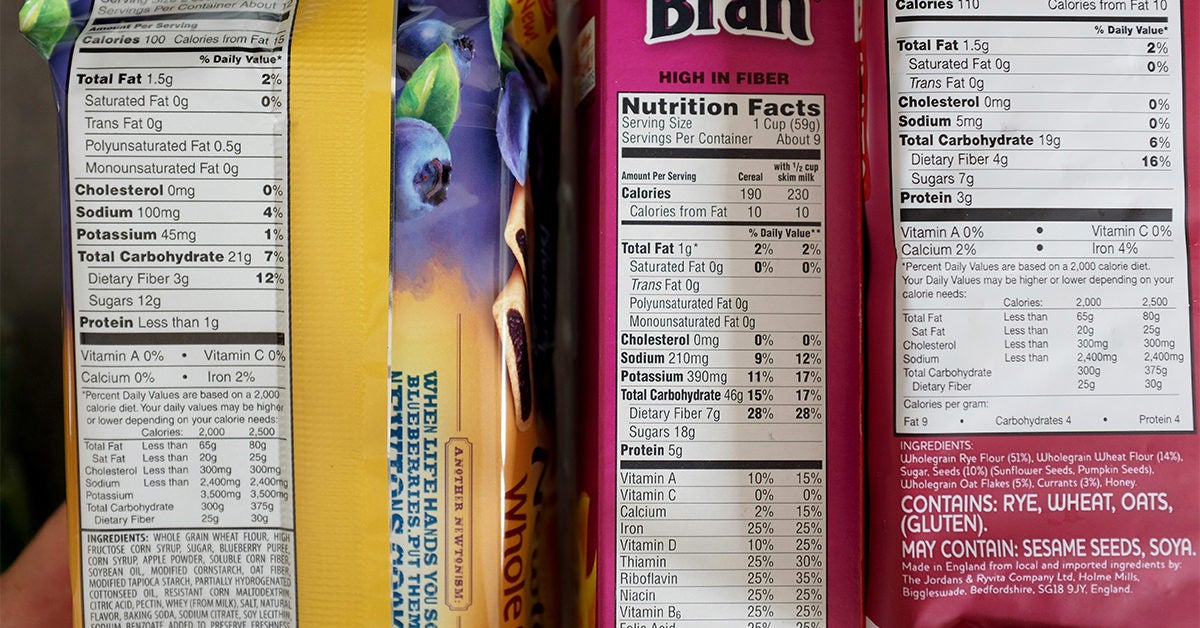



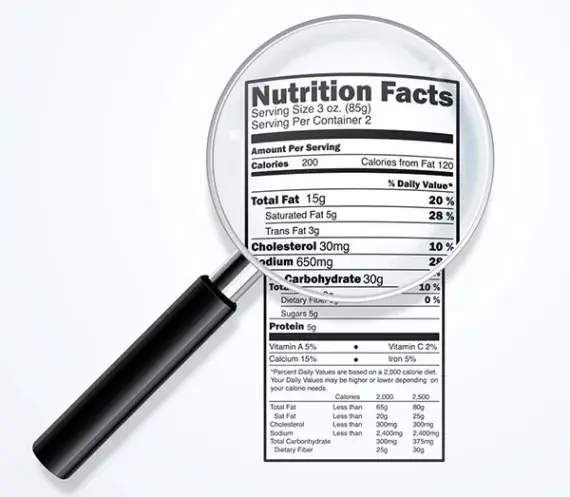

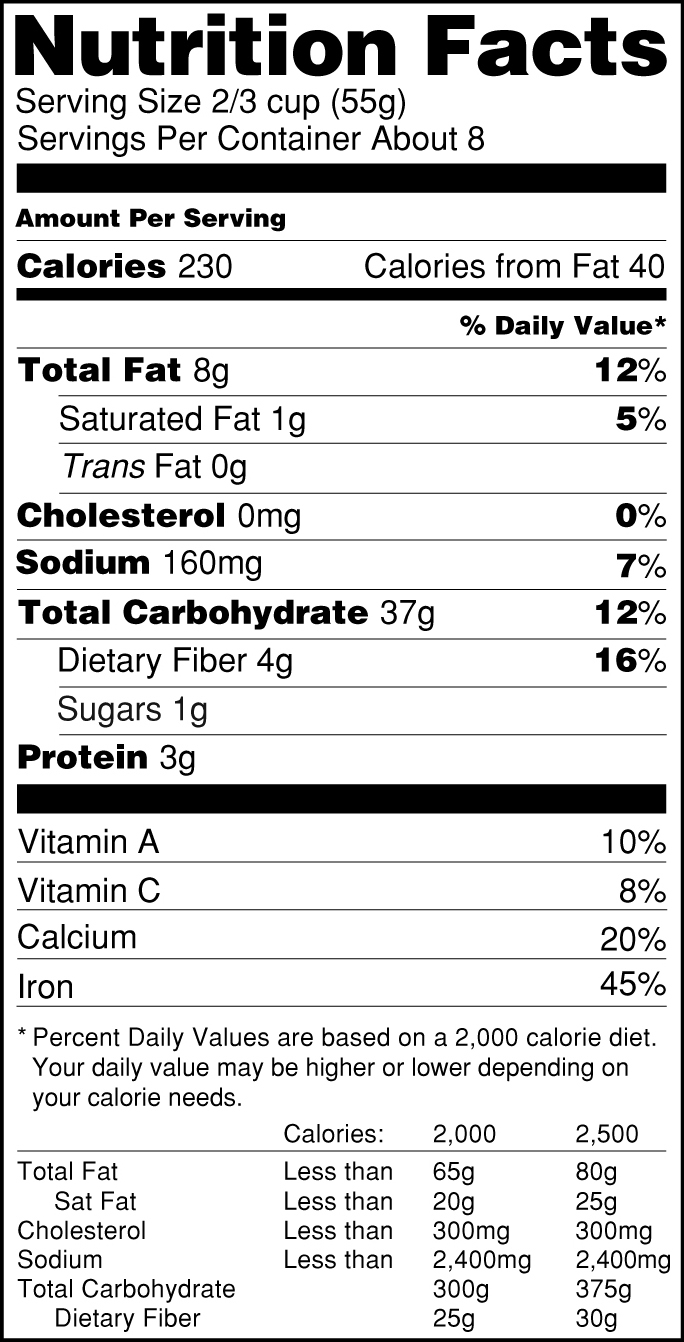
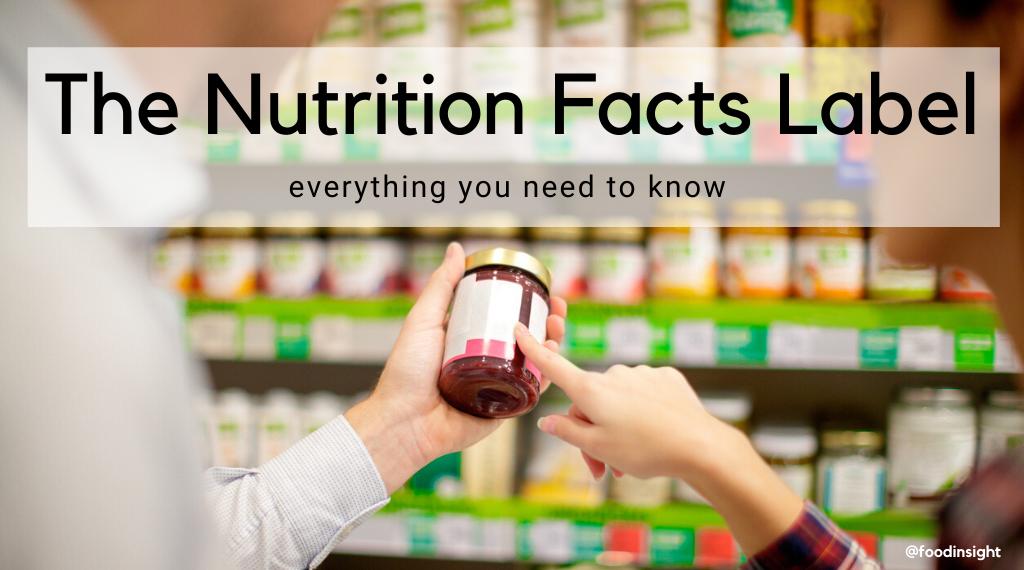

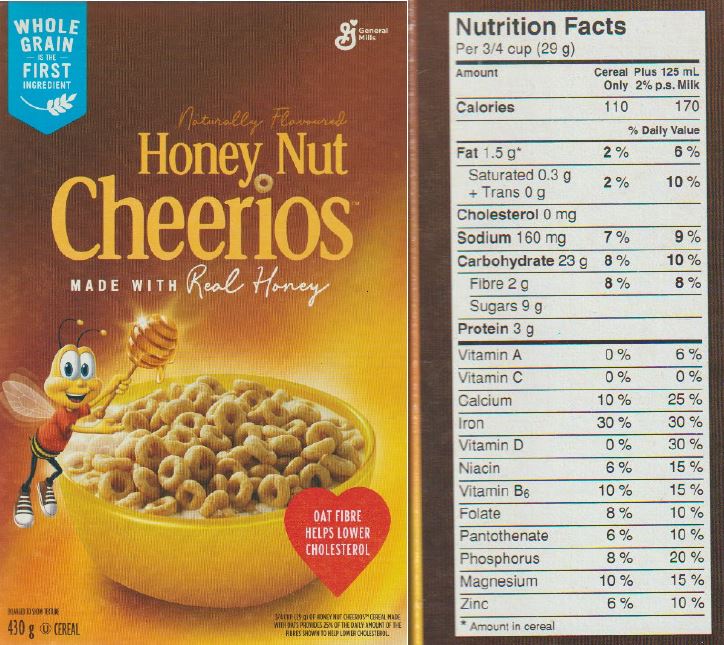



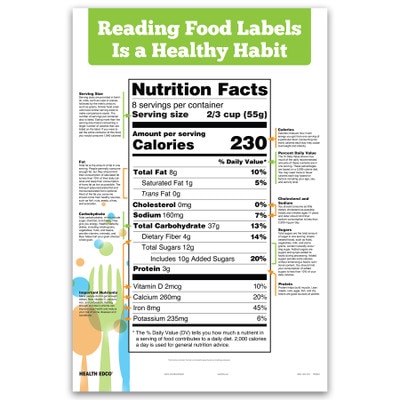


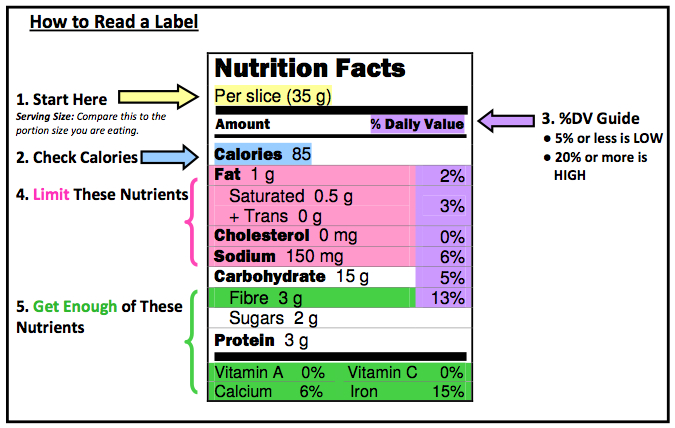
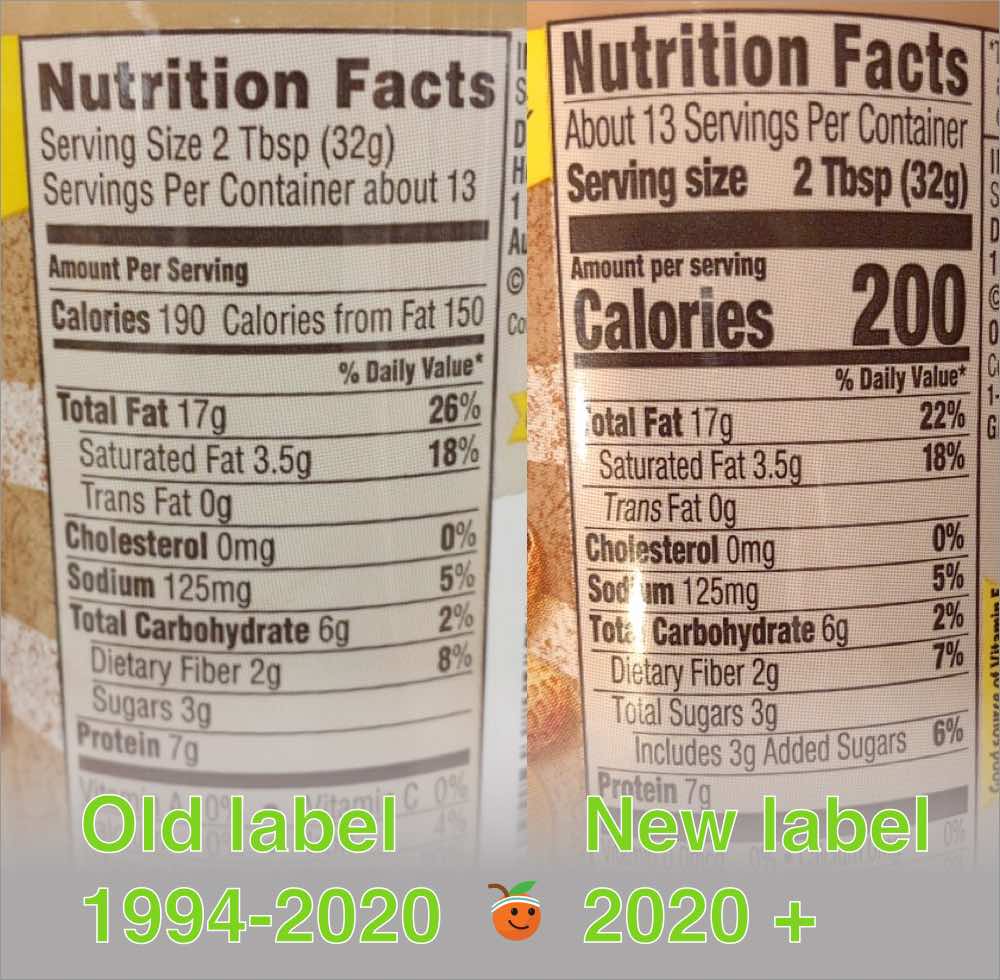
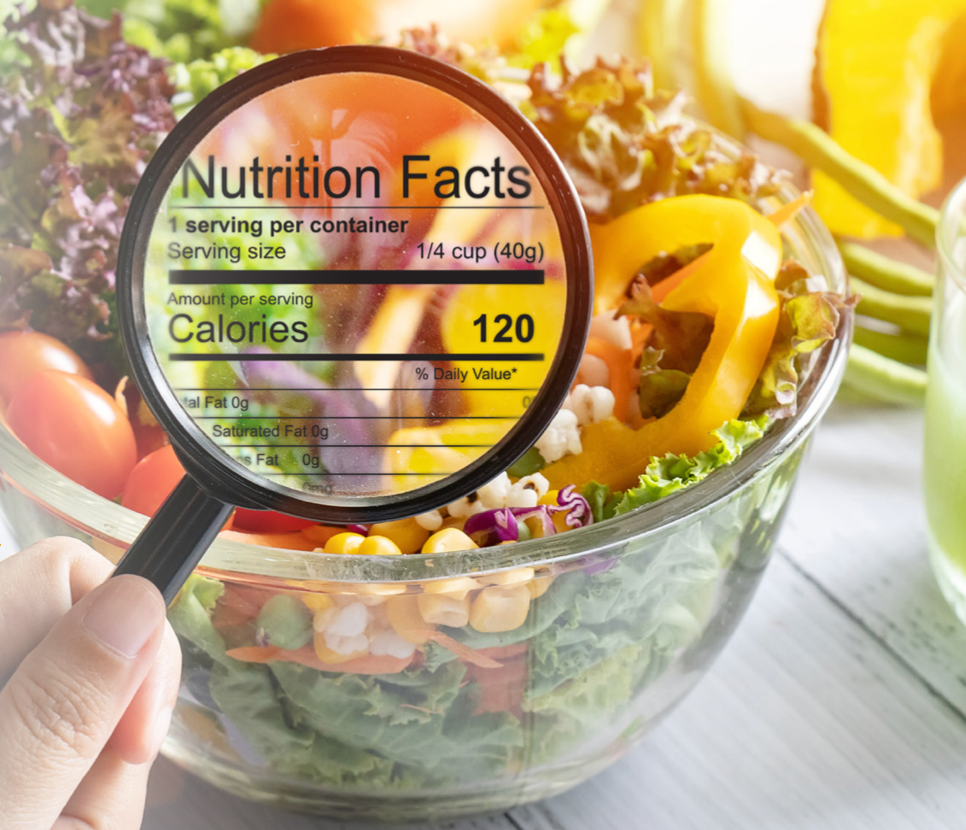
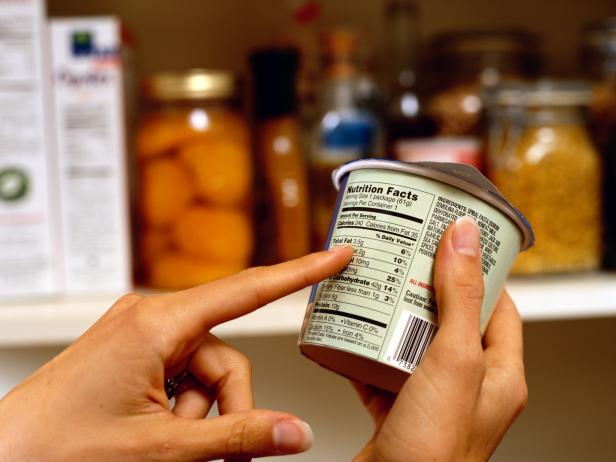
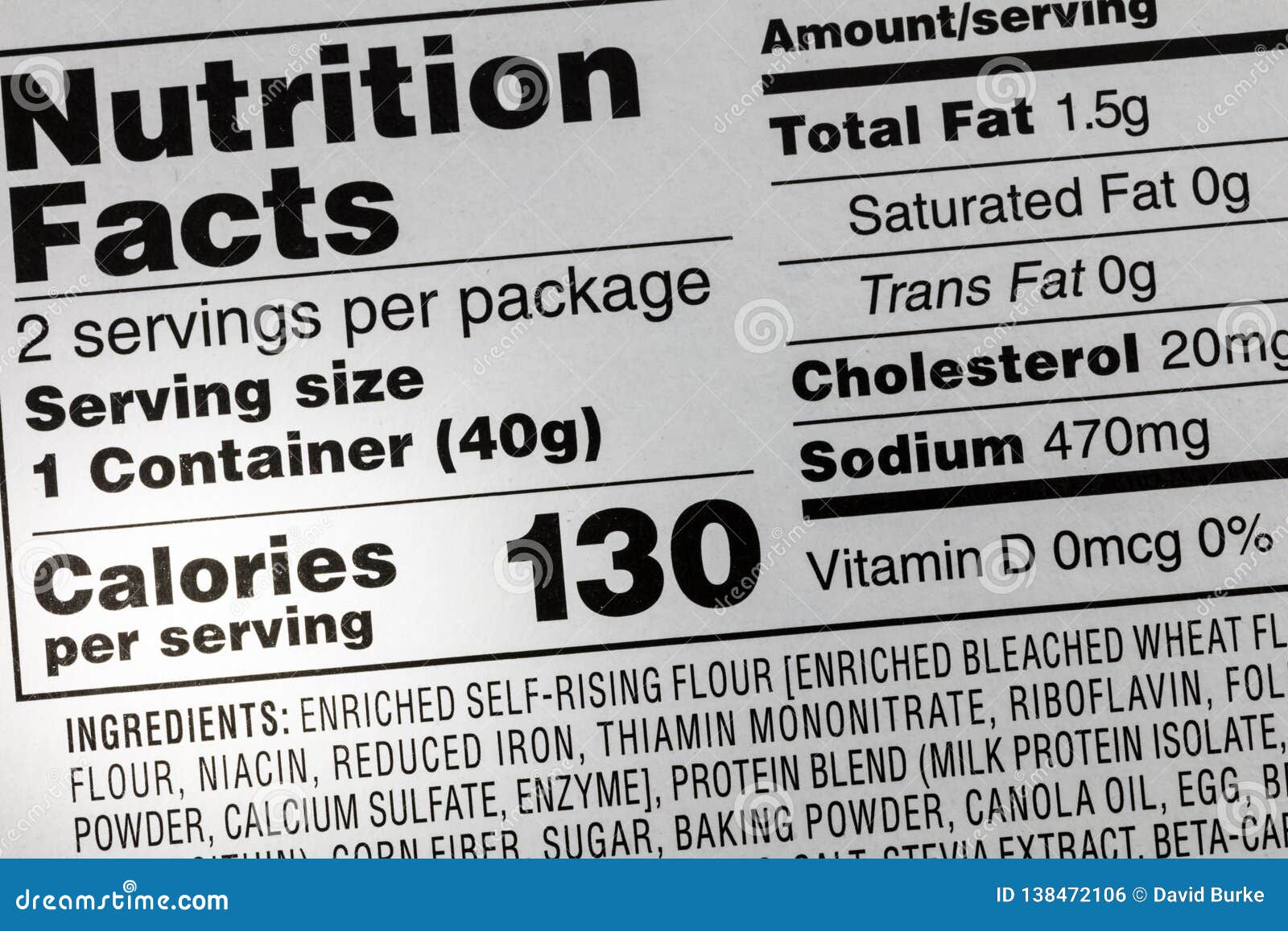

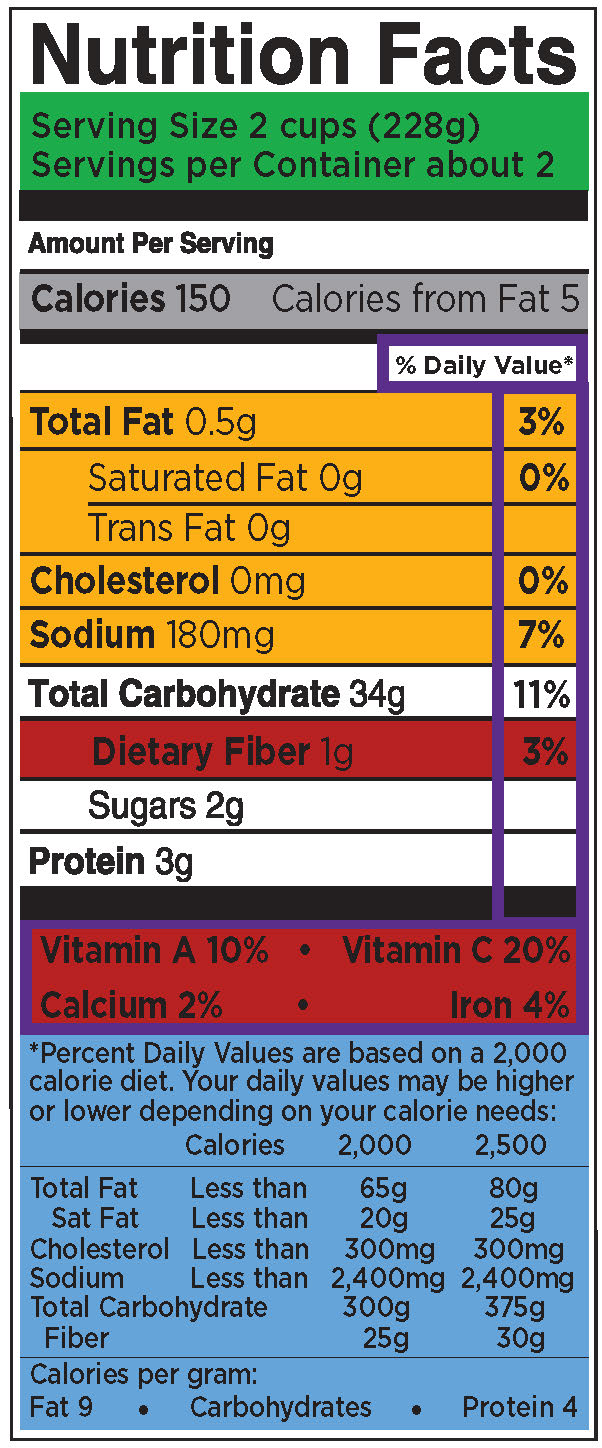
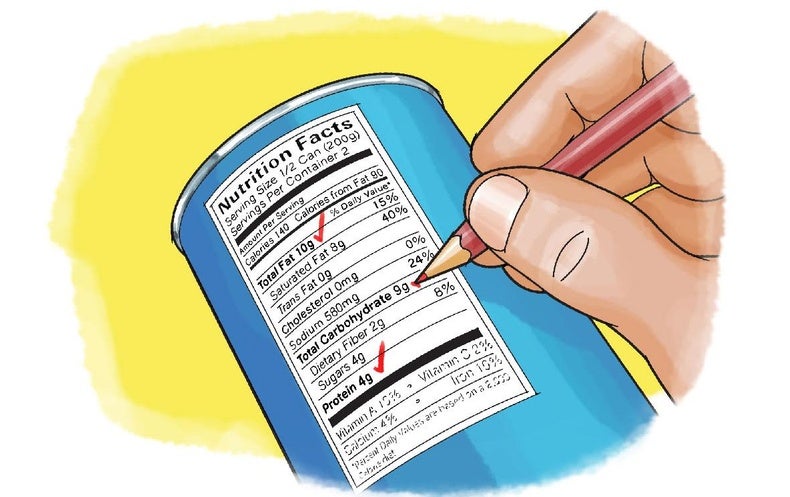
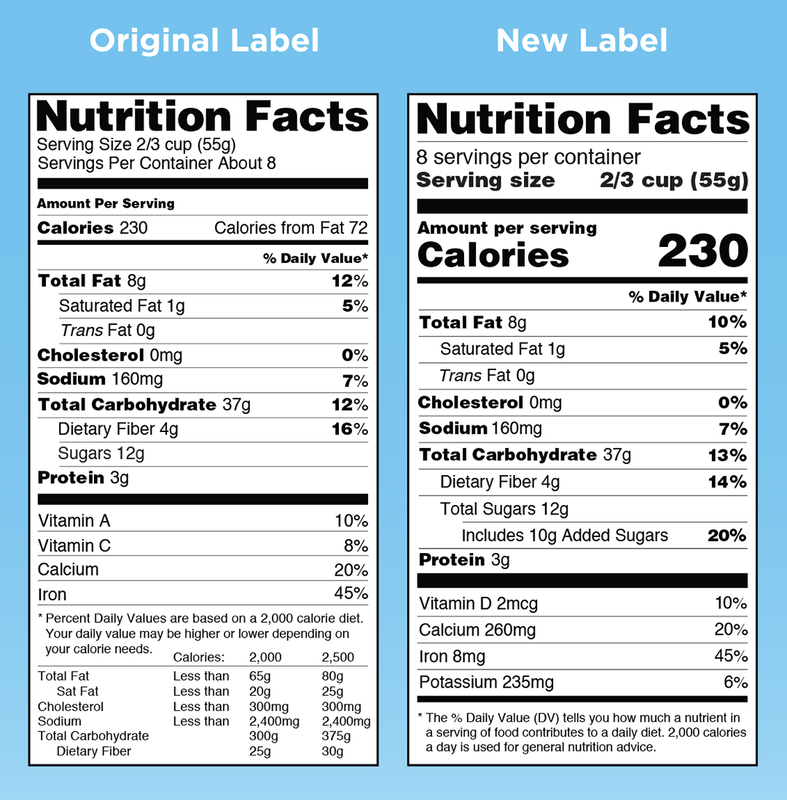



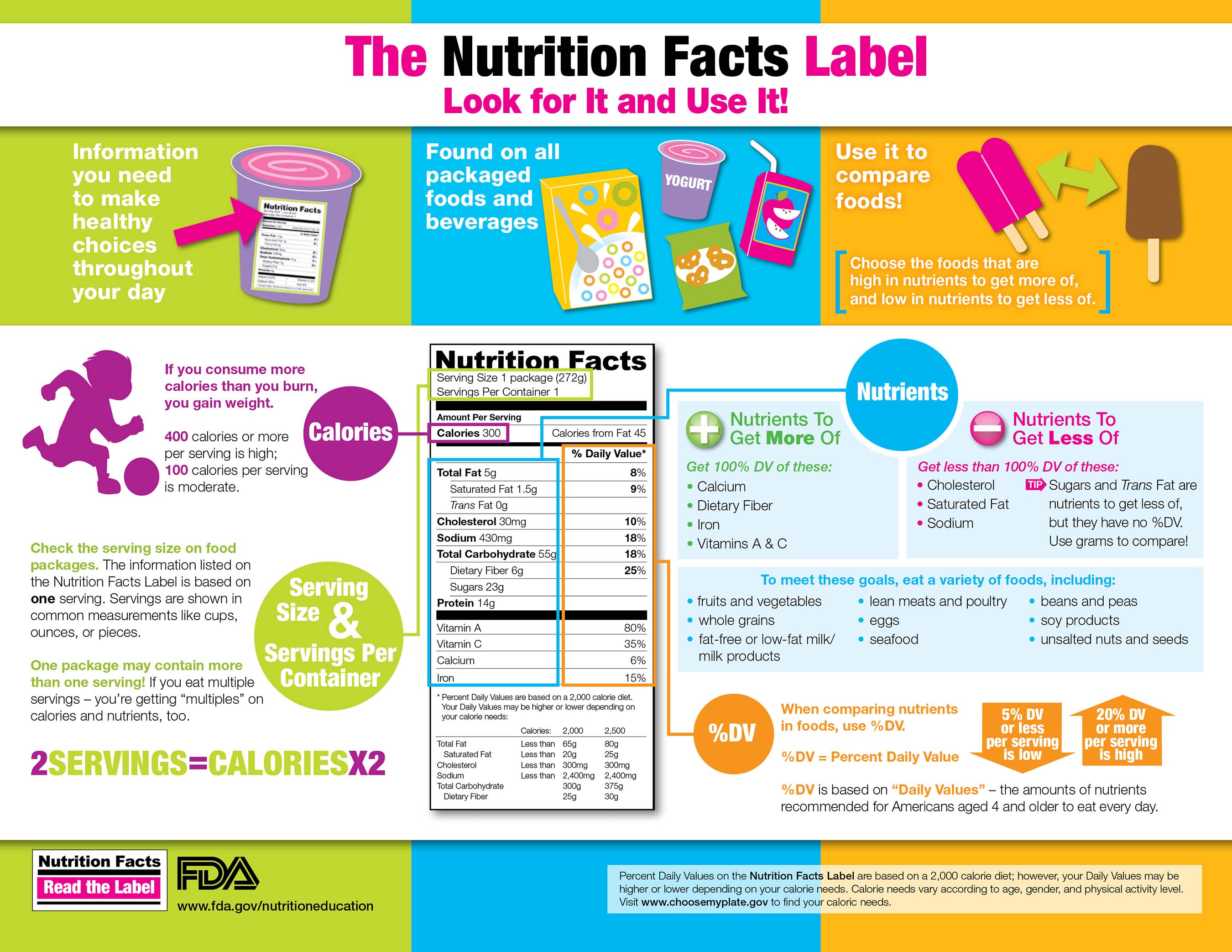
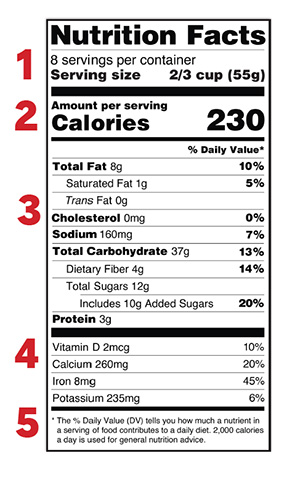

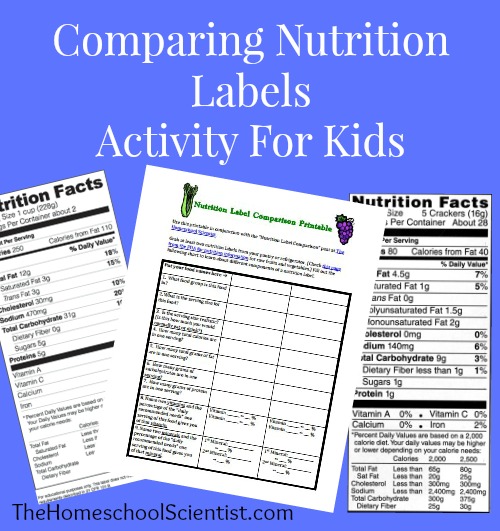


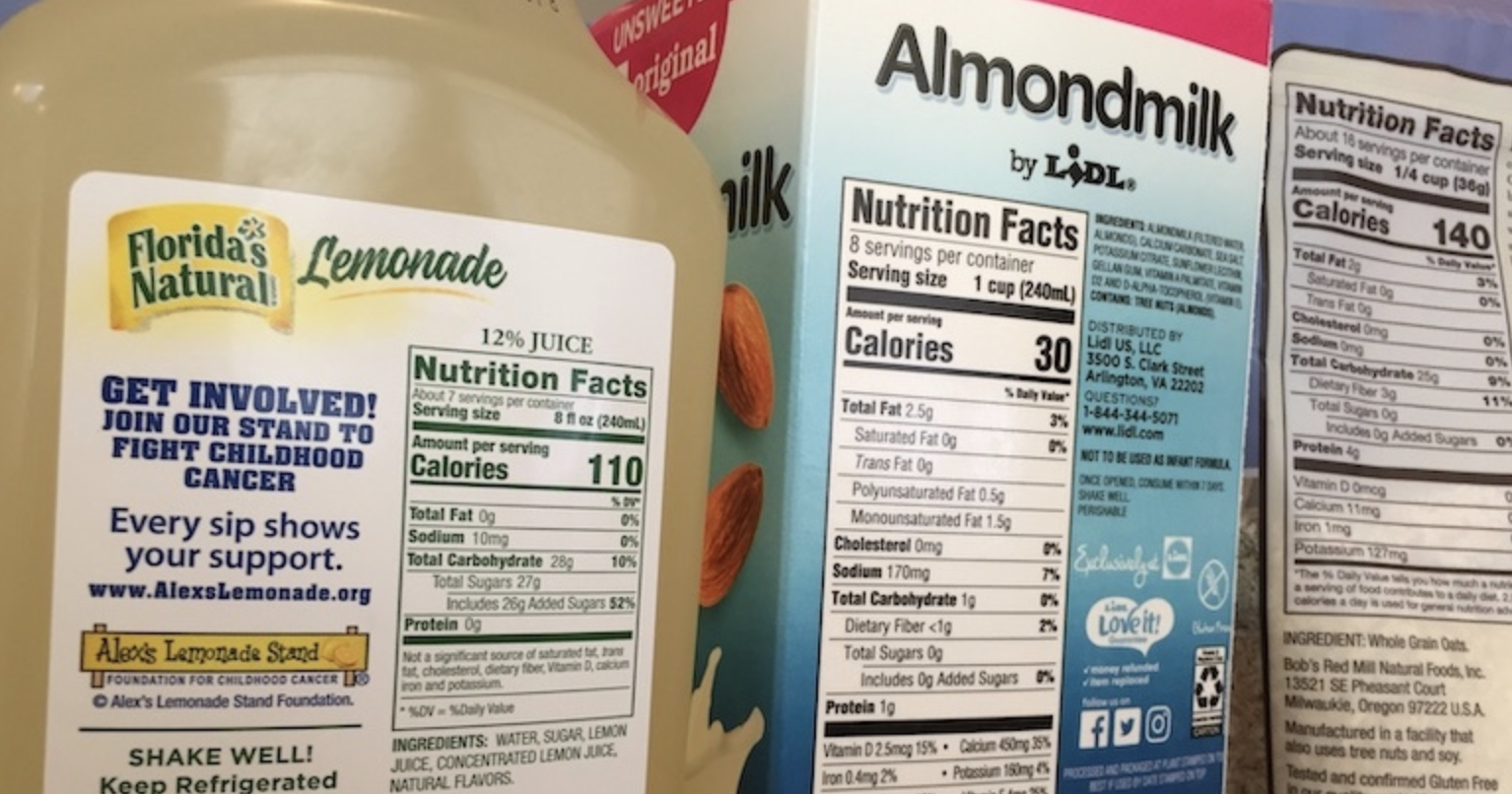
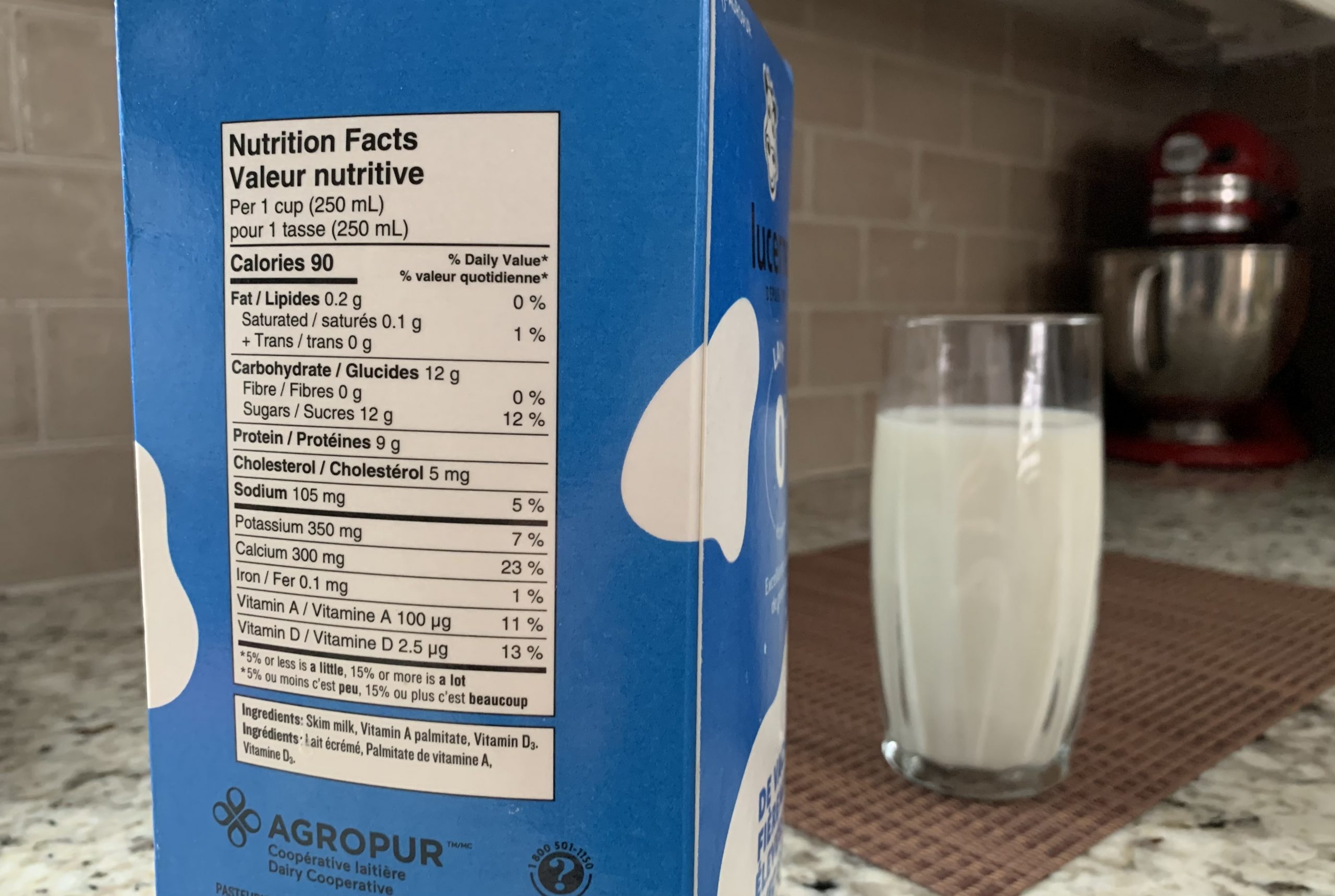
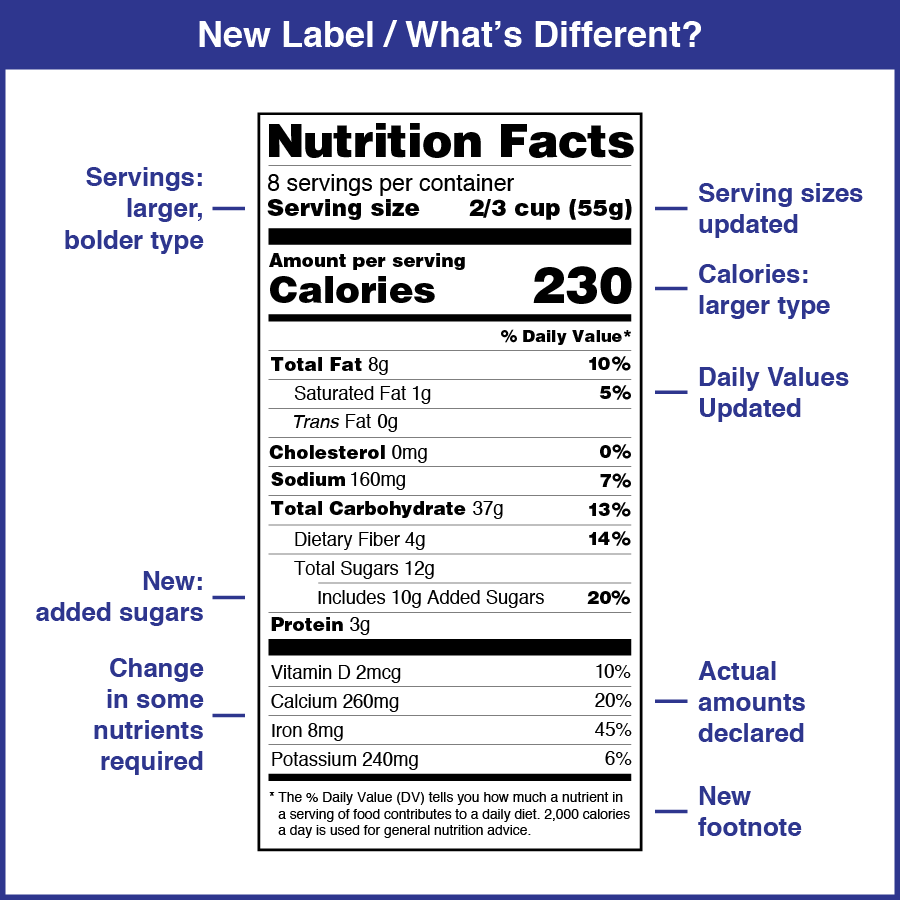
Post a Comment for "39 understanding food nutrition labels"